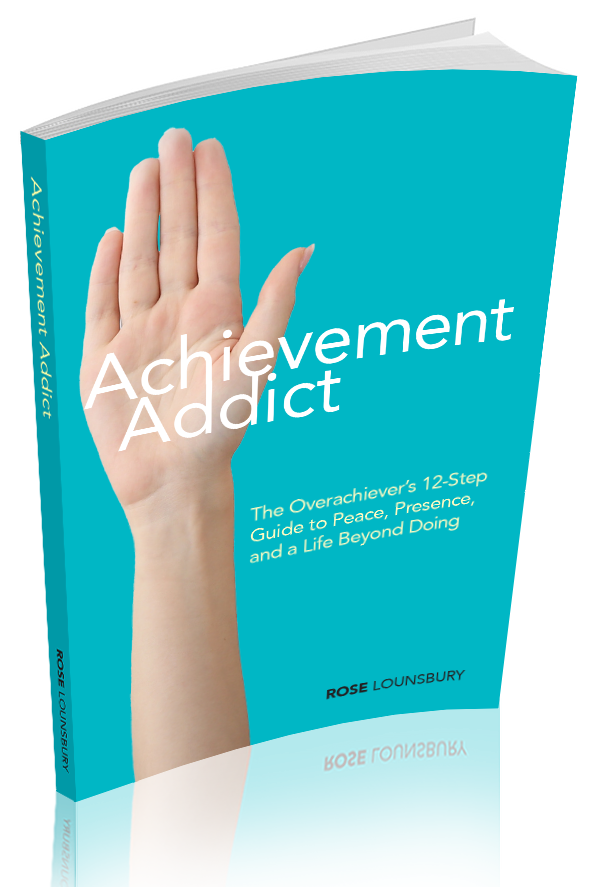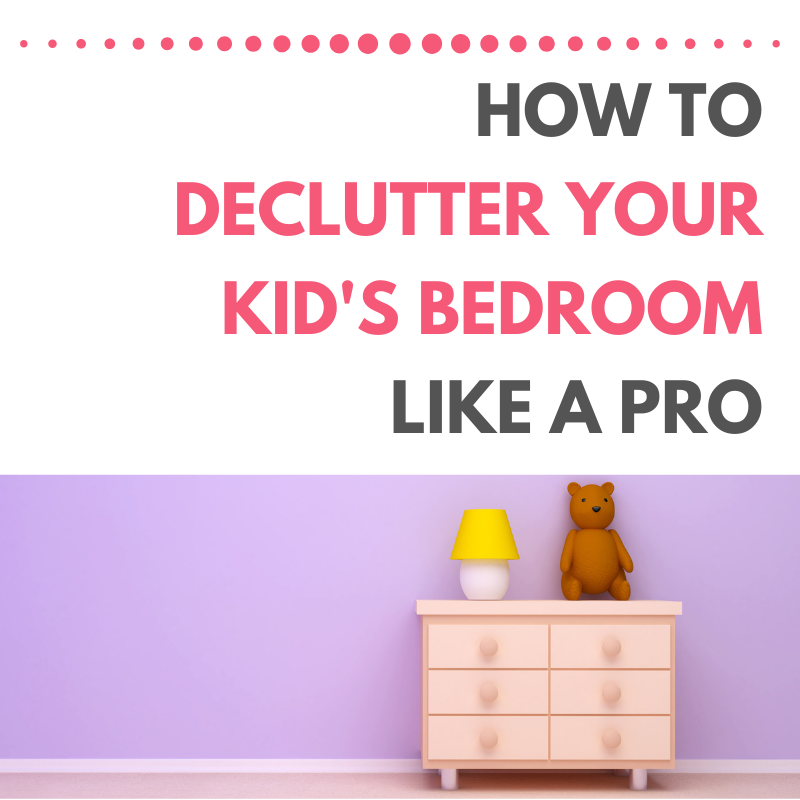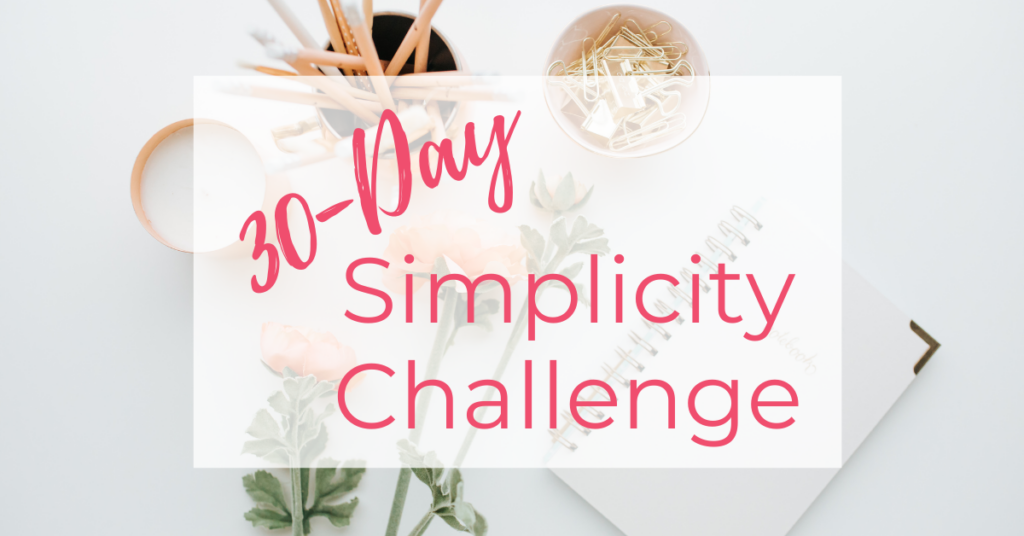If you’ve ever looked into a child’s bedroom, you may think that kids are inherently messy. However, I would disagree. Sure, some kids are more naturally tidy than others, but overall, I’ve found that kids will pick up their own rooms under two conditions and two conditions only:
Condition #1: Their rooms are not overfilled with stuff.
Condition #2: It is obvious where things go.
(Guess what? These two conditions apply to those adults you live with, too!)
With these two ideas in mind, I want to share a story from my old in-home professional organizing days to show how I helped a client do a decluttering makeover in her kids’ rooms.
Here are the unfiltered, unedited BEFORE pics…
We followed my signature LESS Method to simplify these rooms. LESS stands for:
L – Layout your vision and purpose
E – Empty
S – Sort it Twice
S – Systemize
STEP 1: Lay Out The Vision & Purpose
Vision is how you want a space to look and feel. Purpose is how you want to USE the space. My client’s vision was clear floors, a feeling of calm, and a place for everything. For purpose, she mentioned sleep, storing toys, and keeping clothes organized.
Once we had that settled we moved on to…
STEP 2: Empty
This is the step most people want to skip. Isn’t it easier to go through and pluck out the things we don’t want then to empty everything? Nope. And here’s why…
Human brains evolved to notice novelty. (That’s why those notifications on your phone are so distracting!) Sothat large stuffed koala has been sitting in your kids’ bedroom corner for over two years? Yeah, you don’t even notice it anymore because your brain doesn’t recognize it as new. In order to shake up your brain enough to evaluate everything as new, you need to get EVERYTHING out!
Which bring us to…
STEP 3: Sort it Twice
The first sort is to create like-with-like piles of EVERYTHING you emptied in step two. So we made piles of Legos, Barbies, dinosaurs, stuffed animals, etc. This allows you to easily see how much of each type your kid has, which makes the second sort so much easier!
The second sort is the decision sort. You go through each like-with-like pile and decide what stays and what goes. Be ruthless. If your kids’ rooms are in chaos, you’re doing them a favor by simplifying the amount of stuff they own. Be generous with that donation bag, and yes, if the items are no longer usable, you’ll need to put them in the trash. But to make you feel better, realize that all of this stuff was going to the trash someday… you’re just moving up the timeline to today. (Yes, this hurts, but realize that this little bit of pain will make you SMARTER at the checkout as you move forward toward a simpler life with less stuff!)
This step is crucial to achieving the first condition: reducing the toys to a manageable level. If you want your kids to be able to pick up their rooms on their own, you MUST only present them with a number of toys with which they can reasonably do so. So be tough!
STEP 4: Systemize
Once we’d reduced the number of toys, we moved on to the final step… systemize. This helped us achieve the second condition: making it obvious where things go.
The biggest problem when we tell kids to “Clean your room!” is that they have no idea where things go, so they just shove everything under the bed or into random bins. Thus, instead of learning how to clean up, kids learn to “hide the mess” a habit that often carries over into adulthood.
Luckily, my client already had some good toy storage infrastructure with these pull-out bins. I love these bins because kids can just toss toys in without having to finagle tricky lids. (If your kids will put away toys by removing a lid first, you have more determined kids than I do!) I labeled the front of each bin with a chalk pen.
To maintain this system, I taught my client some strategies I use to help my kids keep their rooms clean. (No, they don’t automatically clean them! I have children, not robots).
Here are some catchphrases I use to make room-cleaning easier for kids:
“Why don’t you put away the stuffies and I’ll put away the cars?”
I recommend picking up with your child, especially if you’re just starting out. It lets them know your expectations and it teaches them exactly what to do. (We all know how fun it is to have a child spend 30 minutes “cleaning” her room, only to discover that it’s as messy as when she started!)
Say the names of the categories out loud–stuffies, cars, trains–to help your child think in categories, a skill that will help her stay organized her whole life.
“Where do your Barbies go?”
Again, you’re saying the name of the category, reinforcing the idea that like items belong together, but this question also forces them to think about a particular place the items belong. It teaches kids that their belongings have a home, another skill to being organized for life.
“Clear your floor.”
Once your kids understand categories and homes, this is the command I use instead of “clean your room.”
“Clean your room” doesn’t tell kids what you want to see.
In my house, I want to see a clear floor, so that’s what I tell them to do.
Here are before/afters of each room:
Beautiful! And more importantly… maintainable. 🙂
I hope this post inspired you to declutter your kids rooms this spring!
To less stuff and more you this spring!















